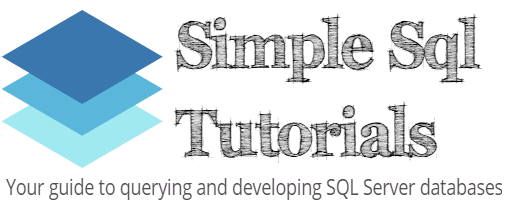Reading Time: 8 minutesThe SQL Server EXISTS predicate is a very handy tool we can use when querying SQL Server databases. Do you need to know how EXISTS works? You’ve come to the right place! In this very brief tutorial, we’ll discuss how the EXISTS predicate works and provide examples of how to Continue Reading
Correlated Subqueries: A Beginner’s Guide with Examples
Reading Time: 8 minutesThere are many very helpful querying tools available to us in Microsoft SQL Server. One of the more complicated querying tools to understand is correlated subqueries. If you are new to SQL Server, I would understand if you simply don’t “get” correlated subqueries. They are a bit strange to wrap Continue Reading


